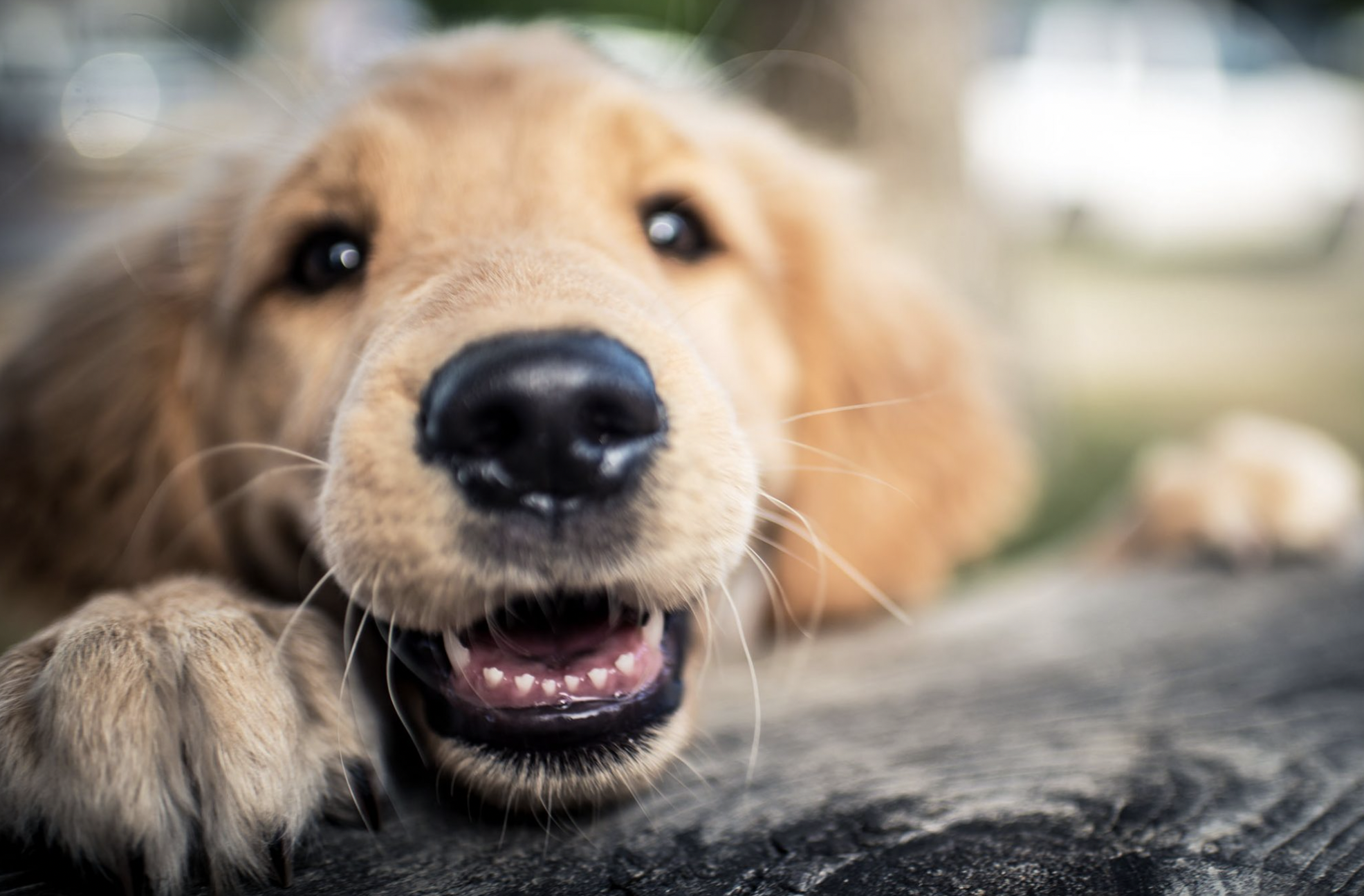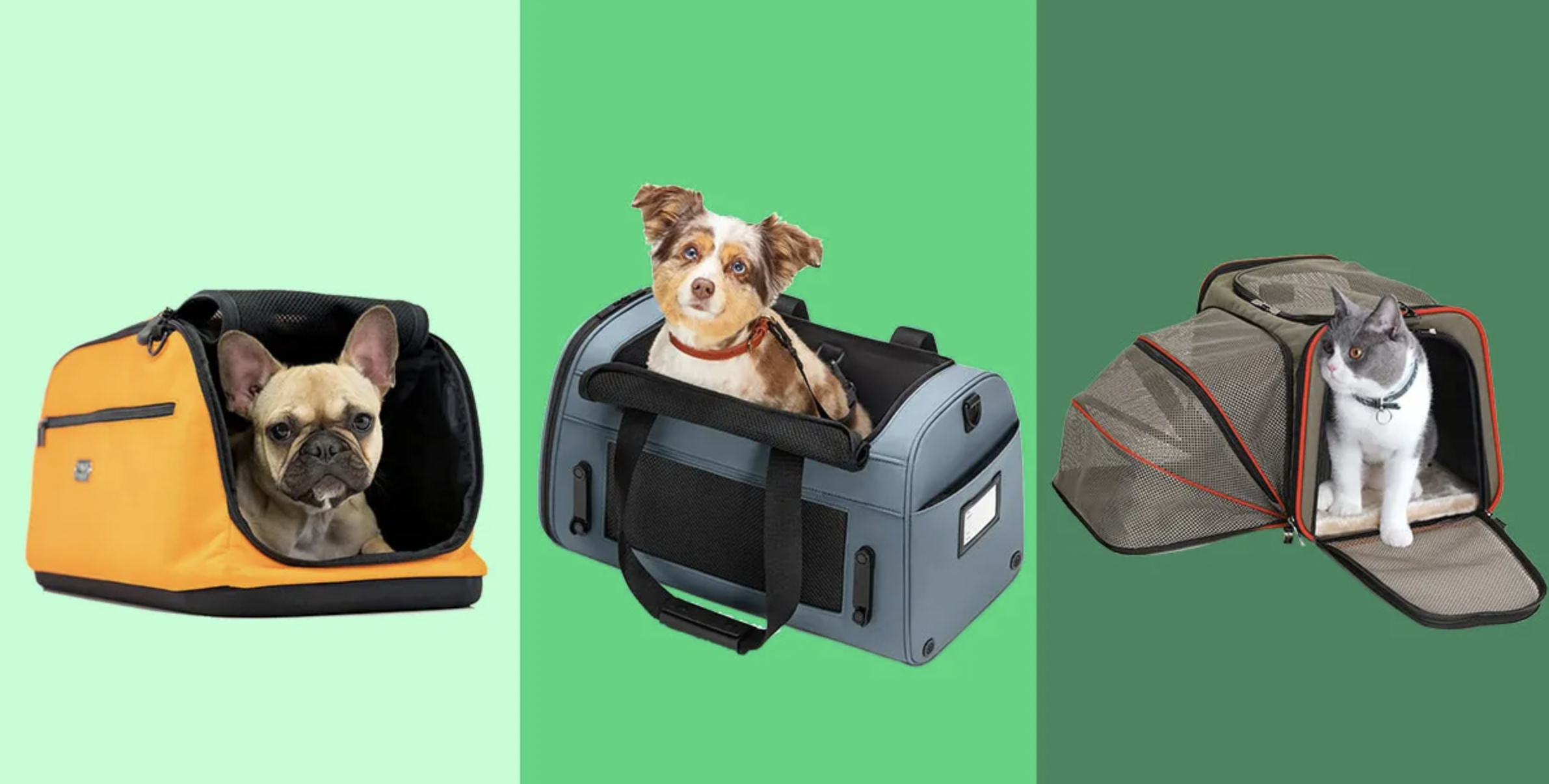The majority of dog enthusiasts concur that the most acceptable puppy is to be chosen by visiting new puppy checklist.
However, as any dog owner is aware, during the course of that lovely puppy’s life, this might change significantly.
In this post, we’ll go over what to anticipate from a puppy’s dentition and the configuration or state of the teeth in a specific species or individual.
And how to maintain the best oral health for those mature puppy teeth.
What Percentage of Teeth Do Puppies Have?
Knowing your puppy is very crucial for you to take good care of it.
Puppies are born without teeth, which is great for moms since it makes breastfeeding so much more pleasant.
Around 2 to 3 weeks of age, the deciduous, or “baby,” teeth begin to erupt.
Typically, a puppy will have all 28 of its deciduous teeth by the time it is 8 to 10 weeks old.
When Do Puppy’s Baby Teeth Fall Out?
You might have noticed how sharp those teeth are!
Long roots and extremely thin enamel characterize deciduous teeth.
Puppies can chew on food while their jaws develop thanks to their sharpness.
Fortunately, all of those extremely sharp baby teeth usually fall out and are replaced with much softer adult teeth.
Between the ages of 4 and 6 months, this typically happens.
Dogs have 42 teeth on average, which makes humans 28 teeth appear little in comparison.
Common dental issues in puppies
Baby Teeth Fractures
Fractures are one of the most prevalent issues with puppy teeth.
These infant teeth can shatter because of their fragile walls, exposing the tooth’s life inside, the pulp.
The blood flow and nerves are located in the pulp.
A deciduous tooth fracture hurts at first, but the tooth swiftly dies.
Although the pulp is no longer painful when it is “dead” (you can tell because the typically white tooth will become grey), it can still cause issues with the developing adult tooth.
After your puppy is spayed or neutered, it can be alright to wait to have the baby tooth taken, but in other circumstances, rapid extraction is required.
Remaining Canine Deciduous Teeth
Retained puppy teeth are another issue in childhood dentistry.
Smaller breed dogs like Chihuahuas and Yorkshire Terriers are particularly prone to this.
The persistent baby tooth can harm the adult teeth by trapping dirt and germs.Additionally, the adult tooth may become misaligned if two teeth sprout from a place that was intended for just one.
The site may become problematic as a result.
Retained baby teeth are frequently addressed at the time of spaying or neutering.
Any infant tooth that is still present after six or seven months should be pulled by a specialist under anesthesia.
Malaligned jaw
Another frequent issue in children’s dentistry is misalignment.
The fact that many breeds have genetically been impacted to have disproportionate maxillary (top) and mandibular (bottom) jaw components complicate malalignment.
A Bulldog’s smile is the best way to understand this.
Even though people often think of an underbite as being “cute,” a dog’s health may suffer as a result.
An overbite, on the other hand, might cause much more problems.
An overbite damages the palate by forcing the lower canine (sometimes known as “fangs”) and incisors (the little front teeth) to strike the roof of the mouth.
In extreme circumstances, it could be necessary to reduce the crowns on the lower teeth in order to protect the delicate soft tissue of the mouth’s roof from damage.
Narrow-base canines
Another problem with adolescent dentistry that may necessitate interceptive orthodontics is a base narrow mandible.
When the upper jaw is broader and the lower canine teeth are narrower, the lower teeth frequently strike the roof of the mouth, resulting in pain.
Failure to make this early correction might result in permanent tooth malocclusion, which can cause damage and suffering because adult teeth often emerge on the inside of deciduous teeth.
The pup may be able to comfortably seal its mouth if these little deciduous teeth are removed at a young age, possibly as early as 8 weeks.
Additionally, it eliminates the deciduous teeth’s roots, increasing the likelihood that the lower adult canine teeth would emerge more generally by creating a space for the permanent adult teeth to do so.
Maintaining Healthy Puppy Teeth
Setting up a healthy oral hygiene program is possibly the most crucial aspect of pediatric dentistry.
Getting your pet accustomed to brushing will assist guarantee you can continue to take care of the adult teeth even if those razor-sharp puppy baby teeth will all fall out and be replaced with adult teeth.
The best way to get rid of tartar and its predecessor, plaque, is to wash your teeth often.
How many times should a puppy eat during the day?
Puppies, like newborn humans, have tiny stomachs and require numerous little meals every day. You may feed your puppy in greater quantities less often as they become older.
Although your veterinarian may suggest a timetable, the following general rules apply:
All sizes of recently-weaned puppies require four meals every day.
3 meals per day: Small breeds are able to make the adjustment to three meals per day around the 4-month mark, while bigger species do so around the 6-month mark.
Maintain two meals per day beginning between months 4 and 10 for small breeds and between months 6 and 12 for large breeds.
How long must a puppy consume puppy food?
For healthy growth, young dogs require the extra nutrients in puppy chow.
When your puppy has finished growing and achieved adult size, switch to adult food. “The age at which this occurs varies depending on the breed and size of the dog.”
However, the following is a general timeline for when dogs may usually transition to adult food:
Age:
- 9 to 12 months for small breeds
- 12 to 18 months for large breeds
- Giant breeds: Two years or so
7 Causes of Your Puppy’s Lack of Eating
Your puppy may lose his appetite for a number of reasons, some of which are simple to treat at home and others which need veterinarian attention.
- Weariness
Puppies run about like crazy before collapsing into a sleepy bundle of sweetness.
Your child could only require a snooze before he is ready to eat.
Your dog can skip one feeding as long as he fills his dish at the subsequent mealtime.
- Diversion
Your dog can be too enthusiastic to eat if there is a party going on, a new person or pet in the house, or a chance to play.
Once things calm down again, your pet should be prepared to eat.
- Pressure
Has the surroundings your dog is in lately undergone any changes?
Possibly a new house, animal, or person?
Puppies’ behavior may vary if their surroundings have changed.
Although some puppies won’t stop eating even if the world were to die, others are more perceptive to their environment.
It could just take a little while for your dog to acclimate.
However, make sure that your pet is as relaxed as possible at mealtimes, and think about moving your puppy’s food dish away from other animals’ dining places.
- Immunizations
Like with us, dogs may experience some post-shot blahness.
The typical adverse effects of puppy vaccines include fatigue and decreased appetite, although they shouldn’t last more than a day.
- The Picky Eater
Many pet owners believe that if their puppies aren’t eating, it must be because the food isn’t to their liking.
Yet, The majority of young, healthy puppies eat well and don’t seem to like their kibble.
When you add human food to a meal that has been specifically designed for pups, the dish becomes unbalanced.
And your dog can end up removing the portions he prefers and discarding the rest.
- Overeating
It’s crucial that pups receive some fundamental positive reinforcement training in order to acquire etiquette.
But it often takes a lot of goodies to educate young puppies on the dos and don’ts.
Your dog might not be hungry for his regular meal if he is loading up on snacks.
If that’s the case, use bits of his normal kibble as rewards during training sessions or try purchasing specialized training treats so he receives the right nutrients throughout the day.
- Ailment
If your puppy has completely lost his appetite and is also listless or silent, he may be ill.
Anything from a virus to consuming something that isn’t food might be the cause of the issue (hello, little shoe chewer).
Conclusion
At mealtimes, healthy pups enthusiastically eat their food.
Therefore, if your pet is refusing to eat, it is important to consult your veterinarian—especially if your dog has missed many meals.
You can unwind once your gorgeous furry friend starts munching once more since you know your playful puppy is getting everything a developing canine needs.
Author
Sarwar Abdullah
Content Developer at Dog Region
Author Bio
Content writing is my passion. And I believe in following my dreams to achieve my goal in life! I am a full-time entrepreneur who believes in investing his time in his profession and passion equally.


